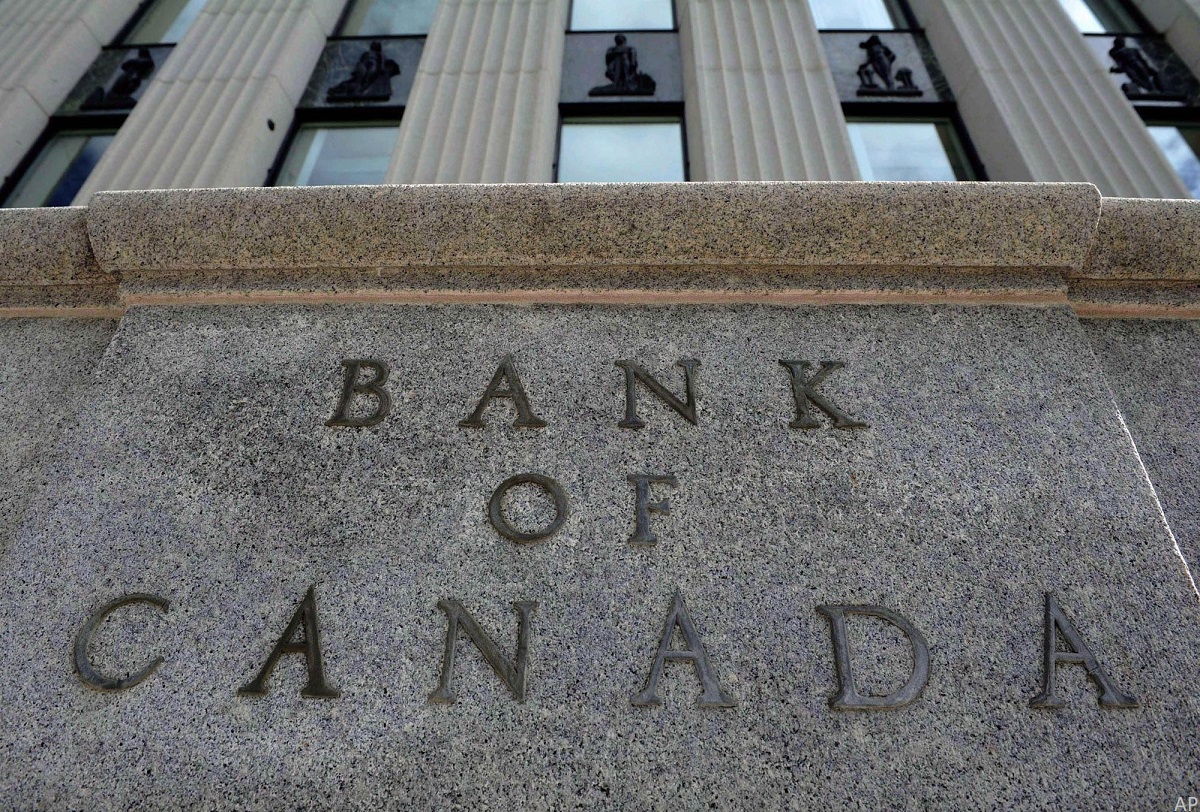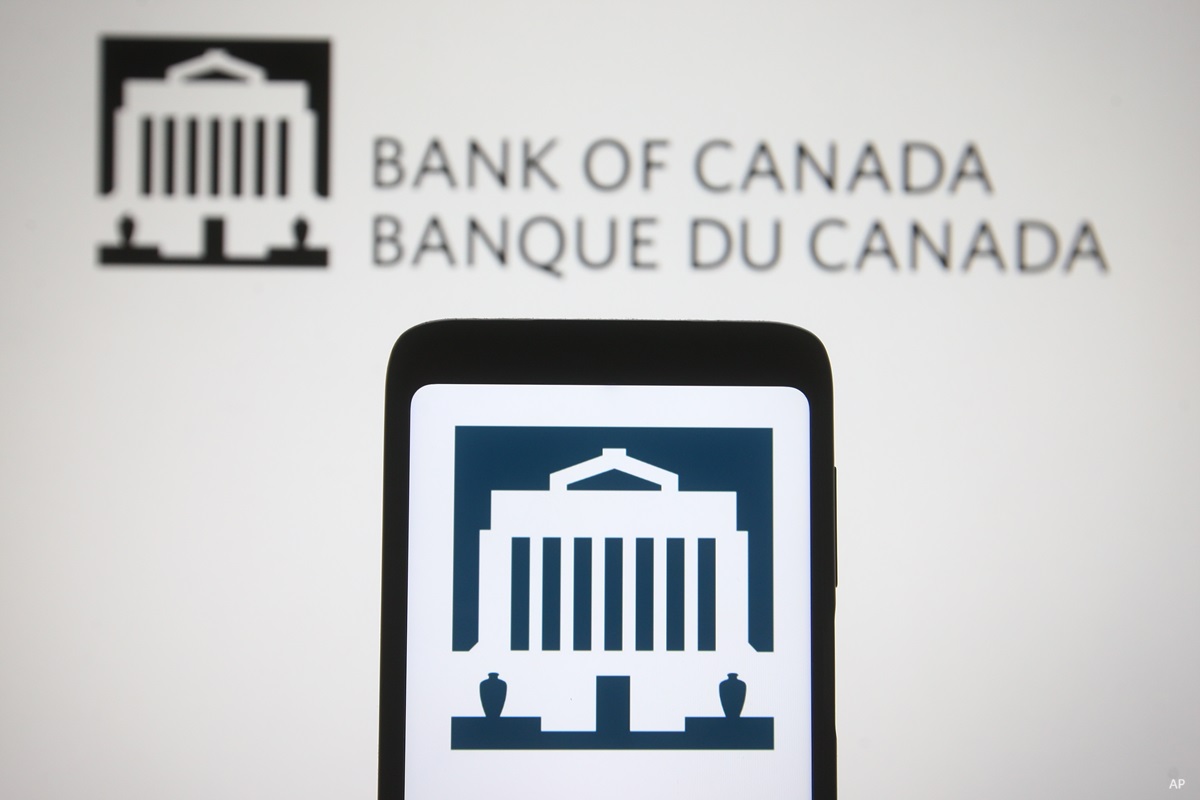
In its latest interest rate decision announcement on January 24, the Bank of Canada said that it is maintaining its target for the overnight rate of 5%, with the Bank Rate at 5.25% and the deposit rate at 5%. The Bank is continuing with its policy of quantitative tightening. This is the fourth consecutive pause.
“The (governing) Council is still concerned about risks to the outlook for inflation, particularly the persistence in underlying inflation. Governing Council wants to see further and sustained easing in core inflation and continues to focus on the balance between demand and supply in the economy, inflation expectations, wage growth, and corporate pricing behaviour. The Bank remains resolute in its commitment to restoring price stability for Canadians,” the Bank said in its press release.
The pause was widely expected. While the Bank is concerned about inflation, the recurring statement that the Bank "remains prepared to raise the policy rate further if needed" was dopped, potentially indicating a pivot to lowering rates.
Inflationary Pressure Continues to Be a Concern
CPI inflation ended the year at 3.4%. The Bank noted that shelter costs remain the biggest contributor to above-target inflation. The Bank expects inflation to remain close to 3% during the first half of this year before gradually easing, returning to the 2% target in 2025.
“While the slowdown in demand is reducing price pressures in a broader number of CPI components and corporate pricing behaviour continues to normalize, core measures of inflation are not showing sustained declines,” it said.
The Bank also feels inflation could ease in other markets. “Financial conditions have eased, largely reversing the tightening that occurred last autumn. The Bank now forecasts global GDP growth of 2.5% in 2024 and 2% in 2025, following 2023’s 3% pace. With softer growth this year, inflation rates in most advanced economies are expected to come down slowly, reaching central bank targets in 2025,” the Bank noted.
Morningstar expects inflation in the U.S. to fall dramatically this year.
“Our base case is that U.S. inflation will return to normal in 2024, even as real GDP growth remains positive in year-over-year terms—a “soft landing.” We project U.S. inflation to average 1.9% from 2024 to 2028, in line with the U.S. Federal Reserve’s 2% inflation target.,” said Morningstar’s Senior U.S. Economist Preston Caldwell. He expects inflation to fall most in durables, food & energy, and housing. “In all other components of the Personal Consumption Expenditures Price Index, we expect moderate wage growth and the absence of any long-lasting supply disruptions to keep inflation at restrained levels. And the economy growing well below potential through 2024 will cause widespread deflationary pressure,” he said.
What Does the Rate Decision Mean for Canadian Investors?
"Though interest rates remain flat, we urge investors to continue to keep a laser-sharp focus on their long-term investment goals, and not short-term market volatility brought forth by interest rate hikes, commodity prices, or general news flow,” says Morningstar Canada’s Director of Investment Research, Ian Tam.
Canadian and Global Economic Growth
The Bank noted that in Canada, the economy has stalled since the middle of 2023 and growth will likely remain close to zero through the first quarter of 2024. “Consumers have pulled back their spending in response to higher prices and interest rates, and business investment has contracted. With weak growth, supply has caught up with demand and the economy now looks to be operating in modest excess supply. Labour market conditions have eased, with job vacancies returning to near pre-pandemic levels and new jobs being created at a slower rate than population growth. However, wages are still rising around 4% to 5%,” it said.
However, the Bank indicated that things could get better as the year progresses. “Economic growth is expected to strengthen gradually around the middle of 2024. In the second half of 2024, household spending will likely pick up and exports and business investment should get a boost from recovering foreign demand. Spending by governments contributes materially to growth through the year. Overall, the Bank forecasts GDP growth of 0.8% in 2024 and 2.4% in 2025, roughly unchanged from its October projection,” it said.
On the global front, the Bank noted that while growth in the United States has been stronger than expected, it is anticipated to slow in 2024, with weakening consumer spending and business investment. In the euro area, the economy looks to be in a mild contraction, while in China, low consumer confidence and policy uncertainty will likely restrain activity. Meanwhile, oil prices are about $10 per barrel lower than the Bank assumed in the October Monetary Policy Report (MPR).
What Should Canadian Investors Do?
Looking to act on today’s announcement? “If anything, the thing to do right now is to ensure that your mix between stocks and bonds is appropriate to the amount of risk that you can take on,” Tam says, “With this in mind, those with a very short time horizon (closer to retirement) might actually be advantaged by doing so, given that rates are higher than they have been for a long time and trimming up your bond position means that you're likely buying bonds with higher yields than available just a year ago."









.jpg)










